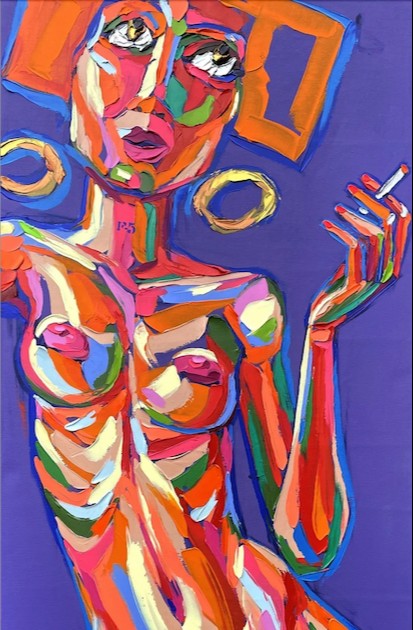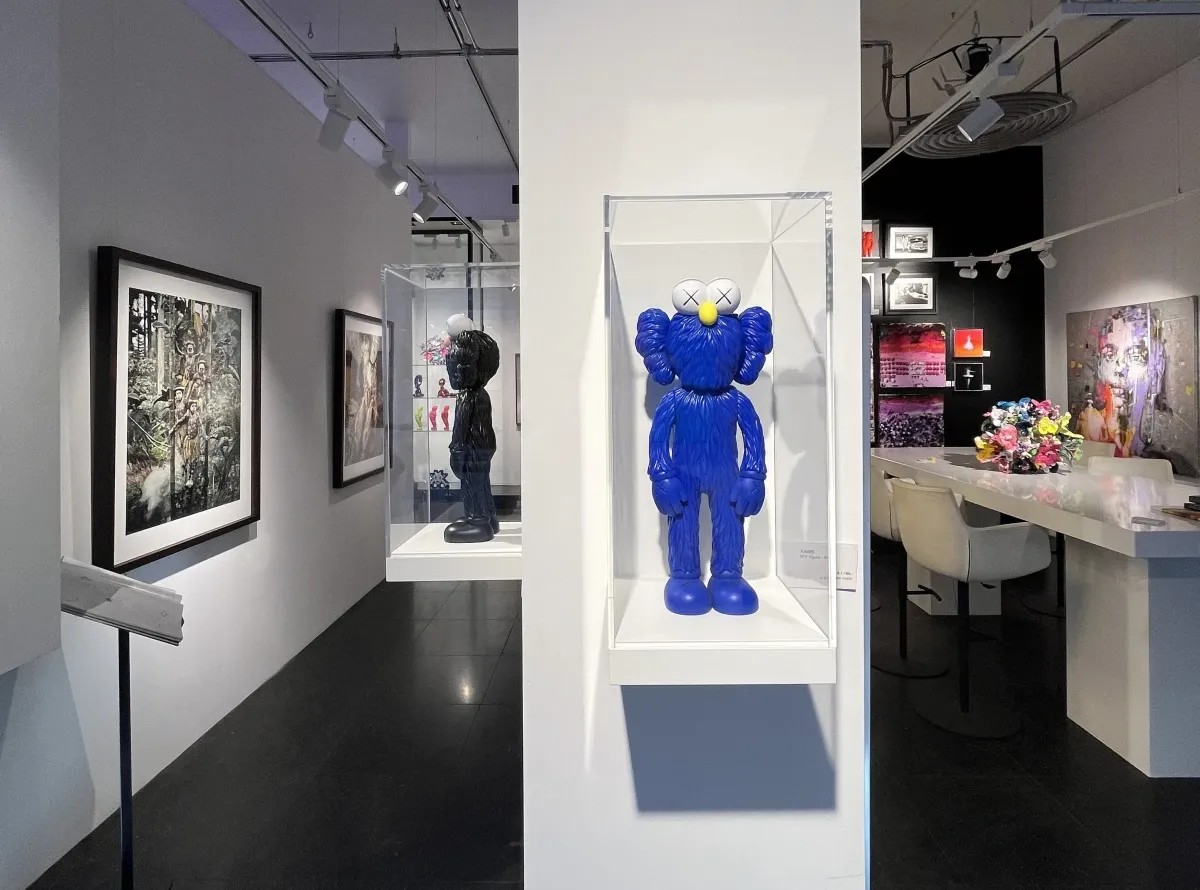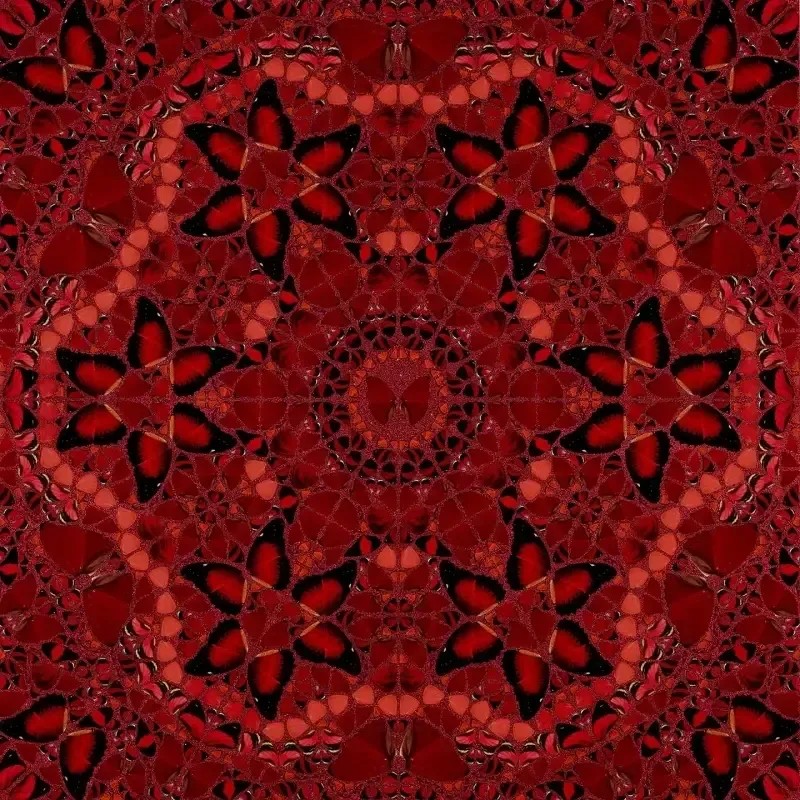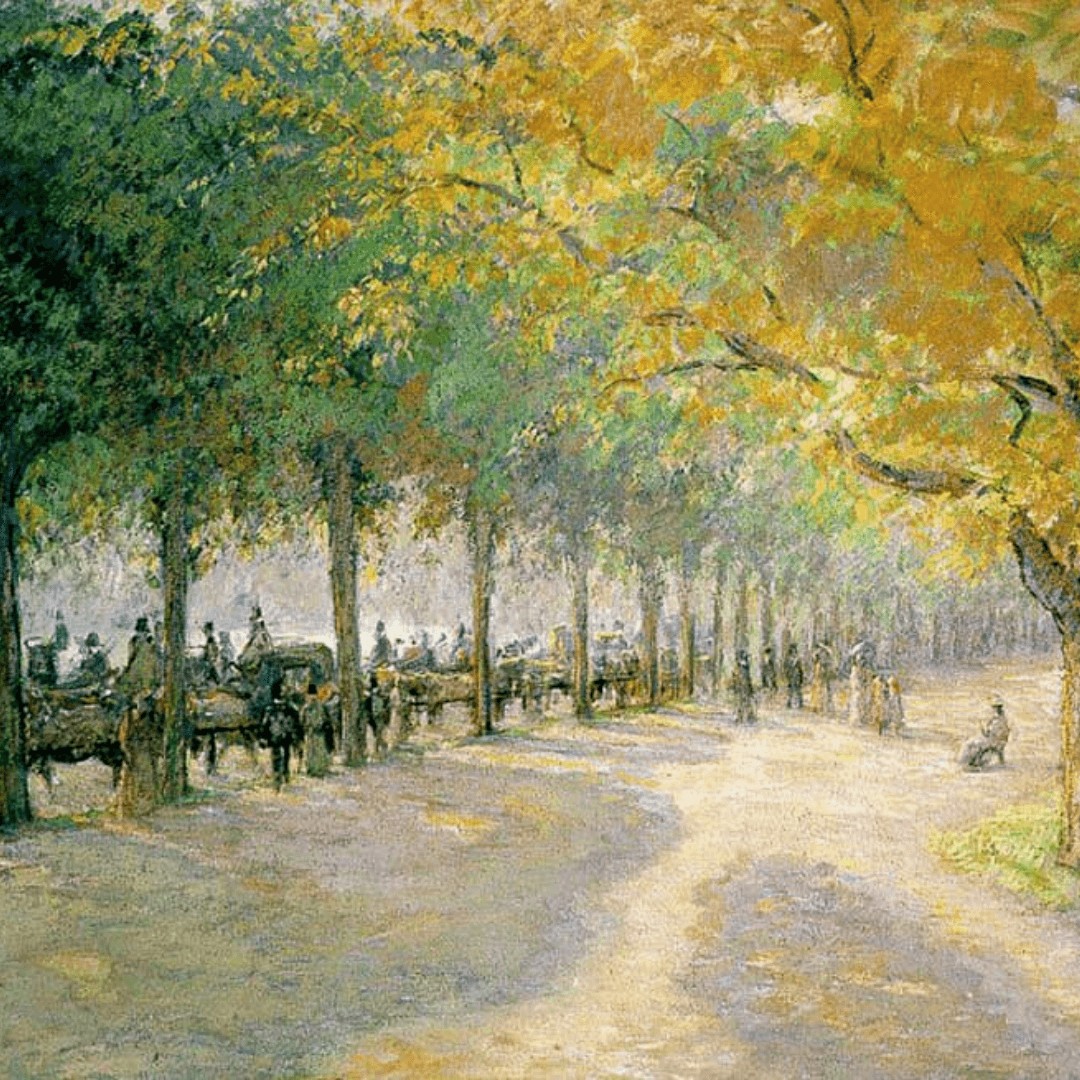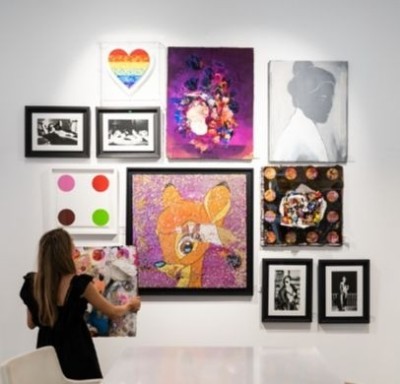Fauvism is a painting movement that emerged at the beginning of the 20th century. It was a reaction to Impressionism and was characterized by the use of clear, bright colors and an expressive paint treatment. Fauvist artists were primarily interested in depicting emotions and expressing their inner feelings through color and composition. But what are the explicit features of Fauvist art? And which important artists belong to this art movement?
Fauvism is characterized by the use of primary colors
One of the main features of Fauvist art is the use of bright, bold colors. Fauvist artists often used pure colors and did not mix them with white or other colors to create secondary colors. This resulted in paintings with an intense emotional impact on the viewer. Fauvist painters also often used broad brush strokes and expressive paint treatments, giving their paintings a sense of movement and energy.
Another important feature of Fauvist art is the use of unusual compositions and perspectives. Fauvist artists often broke with traditional artistic conventions by depicting subjects from unusual viewpoints or deviating from normal proportions. This gave their paintings a sense of dynamism and movement, and enhanced the emotional impact of the colours.
Fauvist artists
Henri Matisse is considered one of the most important Fauvist artists. He started out as an impressionist, but later developed his own style that was characteristic of Fauvism. His paintings, such as "Le Bonheur de Vivre" and "The Dance", are characterized by the use of bright colors and expressive brush strokes. Matisse also used unusual compositions and perspectives, giving his paintings a sense of movement and energy.
Another important Fauvist artist was André Derain. Derain collaborated with Matisse and co-founded Fauvism. His paintings, such as "The Turning Road" and "The London Bridge", show the same characteristics as those of Matisse: bright colors, expressive brushstrokes and unusual compositions.
Raoul Dufy was another important Fauvist artist. His paintings, such as "Le Havre, the Port", are known for their use of bright colors and expressive paint handling. Dufy also made extensive use of unusual composition and perspective.
Kees van Dongen was a Dutch artist who was also part of the Fauvist movement. His paintings, such as "Femme à l'Éventail" and "La Gitane", are known for their use of bright colors and unusual compositions.
Fauvist art at AbrahamArt
Abrahamart, the largest gallery in the Benelux with an attractive lease concept for both individuals and the business market, has a number of contemporary artists who make use of Fauvism. The most striking is the artist Robson Reismarque, who uses thick brush strokes and often female models that are depicted in bright colors.
View all our works online or visit our gallery in Amsterdam or Eindhoven.

